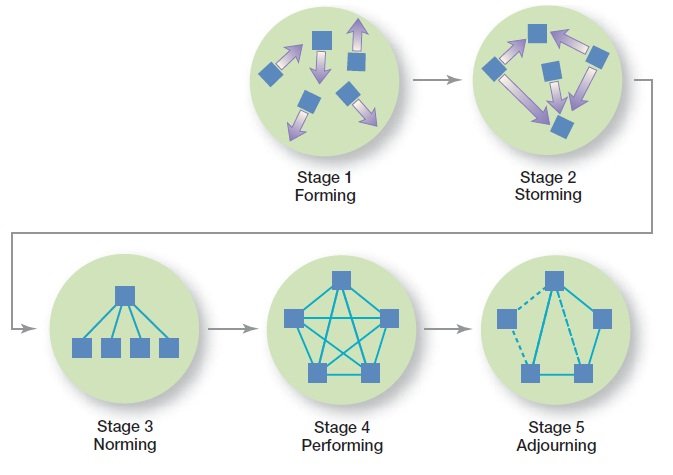Group Development
Every individual in the crowd had their own relegated part: The Back Spotter, The Spotter, Enormous Player and The Gorilla. For more than ten years, this gathering—previous MIT understudies who were individuals from a mystery Dark Jack Club—utilized their remarkable scientific capacities, master preparing, collaboration, and relational abilities to take a significant number of currency from a portion of the original clubhouse in the United States. Albeit most gatherings aren’t shaped for such exploitative purposes, the accomplishment of such group for its assignment was great. Administrators might want their congregations to be fruitful at their assignments too. The initial step is to understand what a gathering is and the way bunches create.
What Is a Gathering?
A group usually is characterized as at least two collaborating and reliant people who meet up to accomplish particular objectives. Formal meetings are work collections that are described by the association’s structure and placed assigned job assignments and appropriate undertakings coordinated at achieving authoritative objectives. Display 13-1 gives a few cases. Casual gatherings are the social groups. Such meetings happen actually in the work environment and incline at to conform to fellowships and regular interests. For instance, five representatives from various divisions who consistently have lunch together is a casual gathering.
Phases of Gathering Improvement
Research demonstrates that gatherings create through the five stages. As appeared below, these five steps are shaping, raging, norming, dismissing and performing.

The raging stage is fittingly named in light of the intra-group clash. There’s contention over who shall control the gathering and what such gathering should be doing. Amid such stage, a clear order of administration and concurrence on the gathering’s bearing develop.
A norming stage would be one such in which intimate connections create and the meeting winds up noticeably durable. There’s currently a solid feeling of gathering personality and kinship. This step is finished norming stage when the gathering structure sets and the groups have absorbed a typical arrangement of desires (or standards) on part conduct.

Huge number, which includes even you have presumably encountered these phases as you’ve dealt with a gathering venture for a section. Gathering individuals are chosen or doled out and after that meet surprisingly. There’s a “getting a handle on” period to evaluate what the gathering will do and the way it will be finished. What as a rule takes after is a fight for control: Who will be in control? When such issue is settled and a “chain of command” concurred on, the gathering distinguishes particular work that should be done, who will execute each part, plus chalk out dates to have the relegated work to be finished. General desires are set up. These choices frame the establishment for what your expectation would be a planned collective endeavor finishing in a venture that has been finished off well. Once this experiment is completed and handed over, the gathering separates. Obviously, a few gatherings don’t get much past the shaping or raging stages. These gatherings may have genuine relational clashes, hand over disillusioning job, and get bring down evaluations.
Does an audience turn out to be more successful as it advances through the initial four phases? A few analysts say yes, yet it isn’t so much that easy. That suspicion might be for the most part genuine, yet that makes a gathering compelling is a complicated issue. Under a few conditions, abnormal amounts of contention are helpful for significant amounts of gathering execution. In a few circumstances, bunches in the raging stage beat those who are in the performing or norming scenes. Likewise, groups don’t continue consecutively starting with one phase then onto the next. Infrequently, bunches are raging and playing in the meantime. Gatherings even every so often relapse to past stages. Subsequently, don’t accept that all such groups take after this procedure or such performing is dependably the best stage. Think about this model to be a general system that undermines the way that gatherings are active substances and administrators are required to know to stage a gathering so that they can comprehend the issues and matters that are destined to surface.
Links of Previous Main Topic:-
- Basic organizational design
- Adaptive organizational design
- Managing human resources
- Managing teams
- Understanding individual behavior
- Managing teams
Links of Next Fundamentals of Management Topics:-
- Groups and group development
- Work group performance and satisfaction
- Turning groups into effective teams
- Current challenges in managing team
- Case application 1 aiming higher
- Case application 2 making order of chaos
- Chapter thirteen summary by learning outcomes
- Lets real response
- Preparing for my career managing teams
- What is motivation
- Managers as leaders
- Introduction to controlling
- Managing operations





